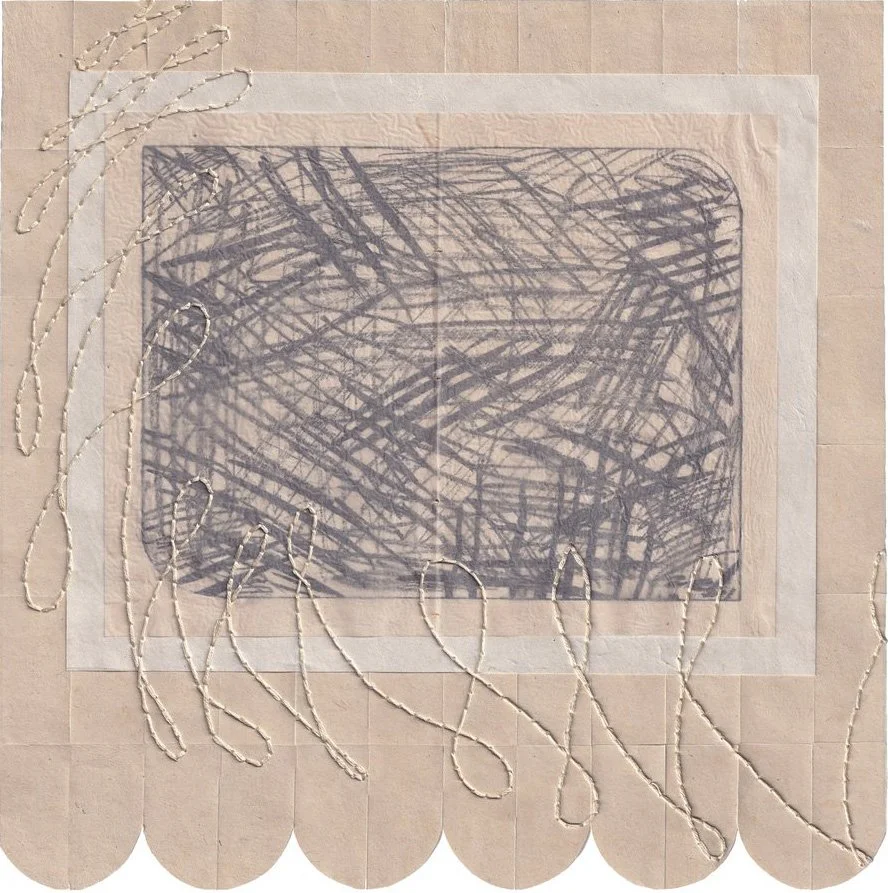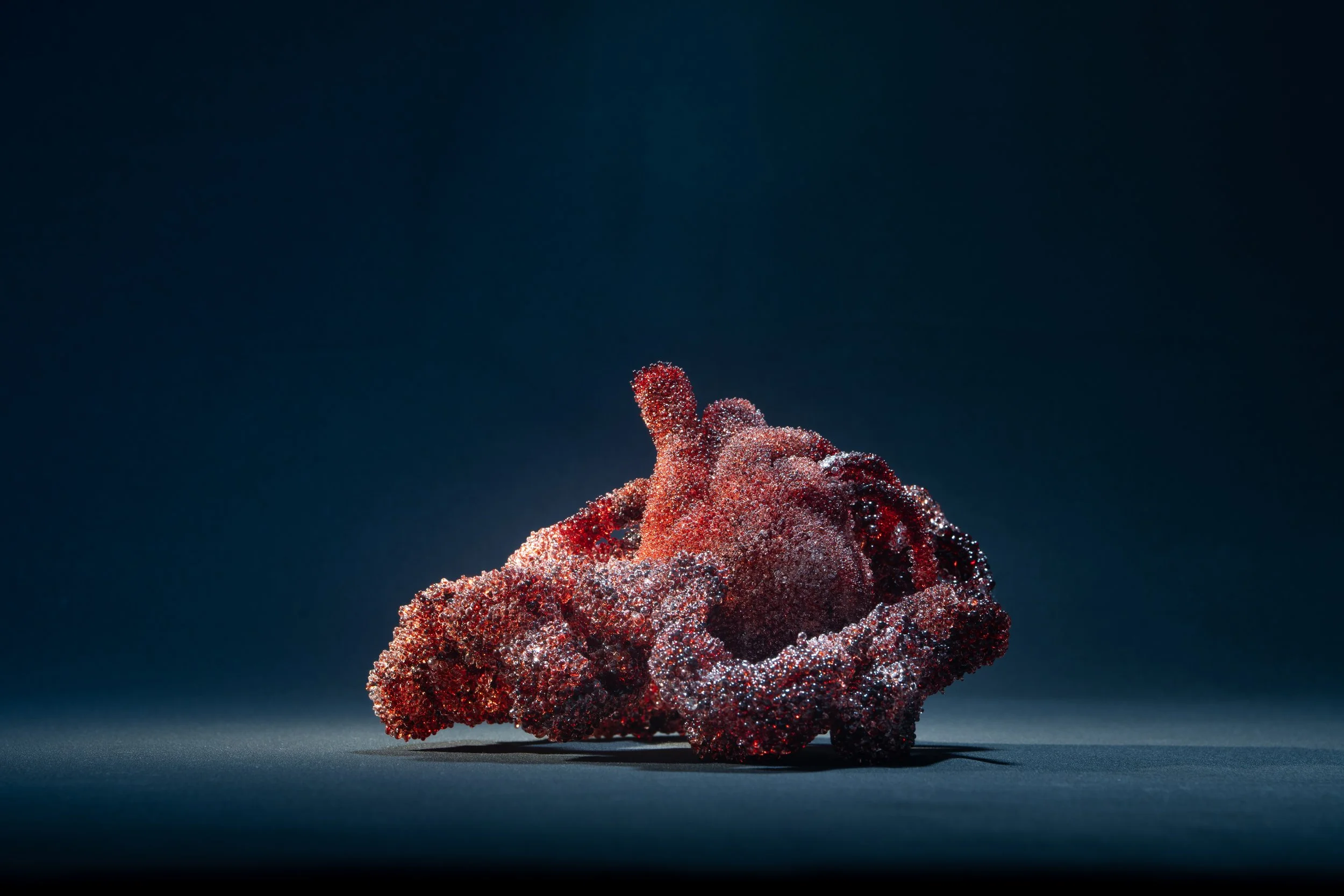INTERVIEW | Patrícia Pinheiro de Sousa
9 Questions with Patrícia Pinheiro de Sousa
Patrícia Pinheiro de Sousa is a visual artist and filmmaker based in Rotterdam, the Netherlands.
She works with multiple mediums and disciplines, such as video, text-based works, performance, sound, and self-published books.
She has recently presented her work at Atelier Concorde (Lisbon, PT), film festival DocLisboa 16′ (Lisbon, PT), film festival L’Europe autour de L’Europe 2019 (Paris, FR) CICA Museum, 2019 (Seoul, South Korea), and most recently SeeLab, Den Haag (2020).
She studied at the Fine Art Faculty of the University of Lisbon, where she concluded her studies in 2004. Between 2005 and 2006 attended the Independent Study Programme of Maumaus – School of Visual Arts in Lisbon. The same year received the Fine Art Grant from Botín Foundation and participated in two artist residencies, one at Duende Studios in Rotterdam (Netherlands), and the other at PointB in Brooklyn, N.Y.C. (U.S.A) for a duration of 7 months. She graduated from the Dutch Art Institute/ARtEZ in 2011.
Besides her individual artistic practice, she has often been involved in collaborative and self-curated projects. For example, in 2012, she founded misprint-it, an initiative dedicated to artists’ books, education, and self-publishing. In 2013, together with Susana Pedrosa, she co-produced the project Oblique International a temporary Rotterdam based initiative.
She has presented her work in different places and institutions such as, Fundación Botín, (Santander), Culturgest (Lisbon), Plataforma Revólver (Lisbon), Temporary Art Souvenirs DAI/Manifesta 8, (Murcia and Cartagena), CASCO Art Institute (Utrecht), TENT Rotterdam (with the collective Oblique International), amongst other.
Patrícia Pinheiro de Sousa Portrait
ARTIST STATEMENT
“Patricia Pinheiro de Sousa is interested in fragmented landscapes and how incomplete narratives affect collective memory. Through the use of fiction and appropriating an archiving aesthetic, she reenacts the expert's figure and builds her own props and film sets, combining different resources (visual and textual). Her latest projects reflect an interest in future landscapes (above or under the surface), intertwining different historical moments through archival and fictional imagery.”
Future Propects I, Collage, various dimensions, 2020 © Patrícia Pinheiro de Sousa
INTERVIEW
You are both a visual artist and filmmaker. Tell us a bit of your background.
I finished my first studies at the Painting Department at the Fine Art Faculty, University of Lisbon. Despite the fact that it was attending a painting program, I became very interested in working with installation and video back then. Later on, I joined the Independent study program at Maumaus School for a year, and then I was mainly working with video. From that moment on, video became part of my practice. Still, it was only until 2016 that I started producing essay films (in video) that could also be presented in film festivals and not just within an art context.
After concluding my studies in Lisbon, I was lucky I could spend almost a year abroad, attending two artists' residencies, one in Rotterdam (the Netherlands) and the other in New York (USA). Then, some years later, I was accepted for a Master's program at the Dutch Art Institute in the Netherlands, with a grant from Fundacion Botin. That was a crucial moment that somehow contributed to taking part in other artist residencies and ultimately attending a Master's program in the Netherlands at the Dutch Art Institute/ArtEZ.
Future Propects I, Collage, various dimensions, 2020 © Patrícia Pinheiro de Sousa
How would you define yourself as an artist nowadays? And how did your art evolve over the years?
I work as a multidisciplinary artist and filmmaker. During the last years, my video work started to have some continuity which I think it didn't have before. This was something that just happened and which I recognized after the third video essay. Although these videos work as part of individual projects to which I often dedicate a long research period, there is a clear line that binds them together. That was very clear to me last year during my solo show at SeeLab in The Hague when I presented the three of them for the first time in the same space.
You work with several different mediums, such as video, text-based works, performance, sound, and self-published books. How do you choose which medium you work with, and how much does it influence the final result?
Although I do have an interest in specific mediums, such as video, I like to think I am not bound to a particular one. I don't think that is even something that needs too much thinking to be honest. Suppose the project will lead to a book, a video installation, or a collage. In that case, it is largely determined by the project itself and the experimentation level that I allow myself to go into. I remember an old teacher of mine told me that no matter what medium I would be working on, I would always be a painter. Although I understand what he meant back then, I still don't agree with him. Maybe that is what changed over the years -not to be bound by one particular medium (or just the thought of it) but allowing myself to move freely between them and hopefully produce some interesting cross-medium results. For some of my projects, I end up using more than one medium. And it is very interesting to me to see how they influence and inform each other. I guess we could say that it is something that defines my practice over the last few years.
As heavy as gold, video stills, 2021 © Patrícia Pinheiro de Sousa
Your work often reflects on fragmented landscapes and incomplete narratives. What are the main themes you wish to address?
I don't know if I have a particular theme. One of the things that I was very interested in the last few years and somehow still am, is the incompleteness of historical narrative. This was triggered by looking into contemporary Portuguese history, more specifically the period during the dictatorship, while I was working on a performance and publication project based on a Portuguese film that has been highly censored, Catembe (1965). While working on Bar Luso (2013) I became aware of this 'incompleteness' which in itself is not anything new. Still, then I realized the need to fictionalize a memory in order to create a better version of that past. In the projects that followed this one, I clearly used storytelling and fiction in order to reenact this need to fulfill an absence of memory. Following this, the southern landscape (the Portuguese landscape) became the 'place' these fictional stories unfold.
What aspect of your work do you pay particular attention to?
One of the things I am fascinated about is the notion of value and how it can change and suddenly drop across time. This is, of course, a very broad notion, but it is something that often comes back on my projects. An example of this is the film New Stories New From the South (2016), as well as the short film As Heavy as gold (2018) which departs from exploitation of wolfram in the north of Portugal in the 30s and 40s and the subsequent drop of value and interest on this mineral.
On my most recent projects, I often deal with the intrinsic value of the environment, particularly how to value what we don't completely know, such as the ecosystems on the seabed. This approach is not literal but often embedded in a fictional story but certainly present across different works.
Where do you find inspiration, and what is your creative process like?
I like to think it is more the other way around; it is inspiration that finds me. I do need to create the space for that to happen, though. Thinking of a new project is not a linear process. It can go in several directions, but sometimes things just happen. I do believe that in order to make it happen, I need to gather the most varied research and see what I can do with it.
I often read scientific research papers on different fields, depending on what I am working on. And clearly, I am fascinated by the language of the expert. So, I think that in one way or another, it comes back as inspiration while I am writing my scripts which are totally fictional.
Subnautica, HD video, 2021 © Patrícia Pinheiro de Sousa
Collective memory is another key theme in your production. Do you think that today’s society is still able to have a collective memory? And how can art help this process?
There is no place anymore for state-produced collective memories, for good, but I question what kind of role technology will have on it. Collective memory is not stable, it's dynamic, and the internet plays a very important role in that process nowadays. Art might be the way to make that process visible.
We all had a lot of free time over the past few months, and some of us dedicated it to discovering new artists. Did you find any positive change in the approach people have to art now, compared to last year?
I think it is hard to compare because museums and exhibitions have been closed for so long, at least in the Netherlands, where I live. However, I believe that those who enjoyed going to exhibitions and discovering new artists kept doing so, either by supporting artists by buying new work or supporting initiatives and events online. On an institutional level, there were extra grants to support artists, at least in Rotterdam. I think that was a very positive and important response that definitely helped artists keep going with their practices.
New stories from the south, HD video, 2016
Are you working on any new project right now? Any exciting project or collaboration you would like to share with our readers?
I am currently working on two projects. One is the script for a new film, and the other is a publication project that continues my artistic research on the different temporalities of the underground, particularly the deep sea. This publication will include a short sci-fi story, written by myself, and eventually selecting visual material and excerpts of texts by other authors.
























